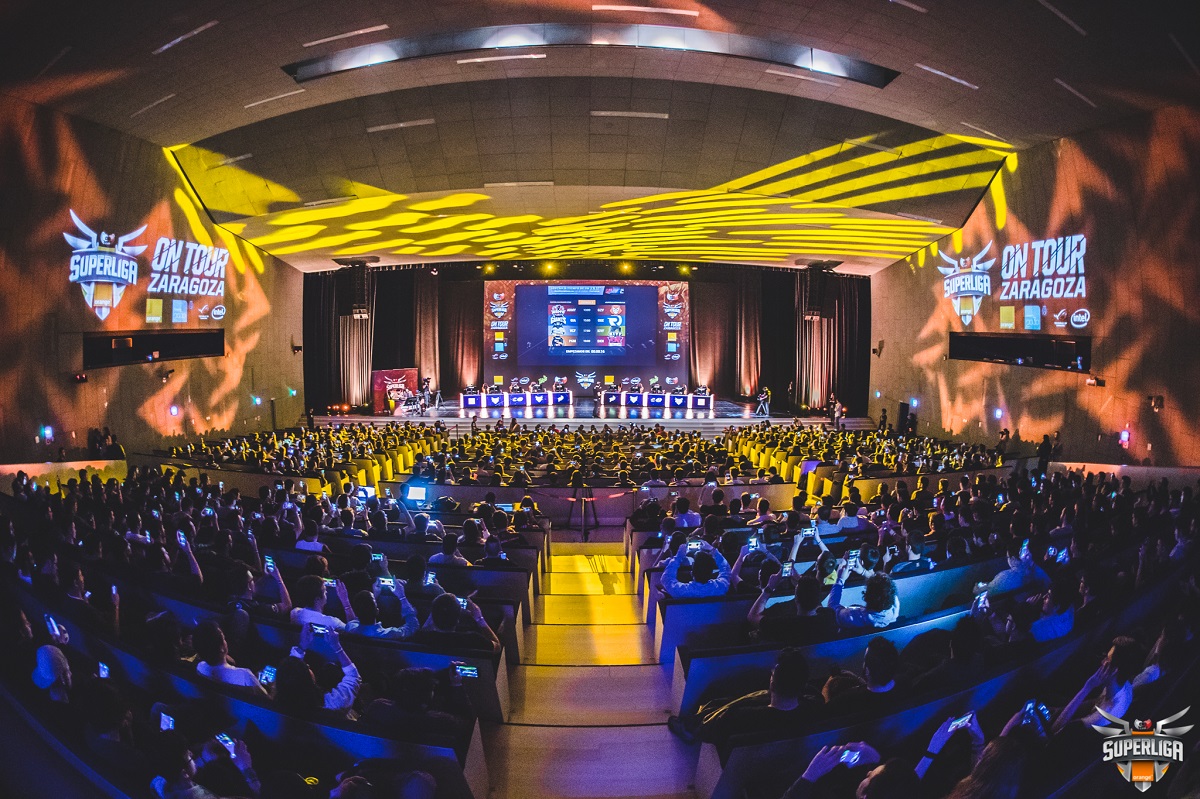
As a cornerstone of culture, video games have become an extension of various cultures around the world, as laid out in the Interactive Software Federation of Europe (ISFE)’s Guide to Esports. From the Starcraft 2 craze in South Korea to fighting games in the United States and Japan, video games and the competitions around them — esports — have managed to create self-contained ecosystems within various societies.
Despite the globally interconnected nature of video games, titles that are popular in one region might not be mainstream in another, and it can be difficult to tell why that’s the case. Very little is needed in the way of infrastructure, aside from an internet-connected computer or device. And yet, many esports titles specifically excel in distinct geographic markets.
Market differences
One of the best examples of a modern esports title showing drastically different adoption patterns is Free Fire. The game is nothing short of a phenomenon, with 150m peak daily active users globally. But a closer look reveals that Latin America and Asia dominate the player base, while the game has a very small European presence. What makes video games tick in some regions and not succeed in others?
Looking at esports titles like traditional products, it becomes much easier to put things into perspective. Like any other product, esports titles are not uniformly marketed to the audience, with publishers pumping more money and attention into regions likely to have higher adoption. “Video games are creative and commercial products,” explained Sergi Mesonero, Head of ISFE Esports.
“As such, they may not be distributed in all territories, may not be uniformly marketed, or may lack essential online infrastructure in regions where that particular game or company does not have a suitable market penetration, among other commercial considerations. However, some causes are more subtle, such as territories having different video gaming cultures.”
Some games may not have the right infrastructure to succeed in all regions. Servers play a significant role in determining the success of a game and players demand at least an acceptable level of latency. Additionally, platform access also differs greatly across the world. Mobile esports is huge in Latin America and Southeast Asia, for example, because of the cheaper barriers to entry of smartphones compared to PCs and consoles.

RELATED: ISFE launches ISFE Esports with key stakeholders
Moreover, government regulation can also affect title popularity. China has placed restrictions on screen time for children playing online games, which has a knock-on effect on the most-played titles in the country.
In other cases, games are completely banned in certain markets. India has banned Free Fire, PUBG Mobile and Arena of Valor. PUBG Mobile publisher Krafton, in response to the ban, released an India-only version called Battlegrounds Mobile India, which is highly popular in India but not played outside the country.
The presence of domestic tournament organisers, the social acceptance of gaming and esports, internet accessibility, and government regulations can collectively shape the success or failure of esports titles in specific regions.
What makes a solid esports market?
ISFE’s Guide to Esports, a 68-page breakdown of the esports sector, uses Spain as the archetype of an ideal esports market. Spain is home to domestic tournament organisers as well as global organisers hosting international events, including DreamHack and ESL.
From League of Legends to Rocket League, several world championships have been hosted in the country. In fact, Spain’s ecosystem spans not just PC and mobile but also console, having played host to the PlayStation League.
RELATED: ISFE welcomes Riot Games as latest member
Companies in Spain actively sponsor esports organisations and some of the biggest brands in the world including Nike, Orange, and Vodafone have helped shape the esports ecosystem. Friendly government regulations, such as clear-cut tax rules for prize pools, make it a suitable environment for skill-based competitions. The availability of high-speed internet and the use of Spanish for communication has helped expand the market.
Esports help bridge cultures and connect players across the world, but internal and external factors give rise to an uneven distribution of players across esports titles. In its Guide to Esports, the ISFE breaks down the principles of esports engagement, its educational and social properties, and how esports can be a force for good globally.
According to the Guide, the face of esports will continue to change as global audiences develop new preferences, new esports titles emerge, and evolving cultural tastes shift esports markets.
Supported by Interactive Software Federation of Europe

